Northern Section
To be held at Trinity Methodist Church, Trinity Road, Sale, Cheshire, M33 3ED at 7.30pm for 8.00pm, unless otherwise stated
Friday 12 July
CLUB NIGHT: 30 Hour Clocks
Friday 9 August
CLUB NIGHT: Tools and materials
Friday 13 September
CLUB NIGHT: American clocks and watches
Full Programme for 2024 (PDF download, updated 7 May)
Recent Meetings
Reports of previous meetings 2023 2022 2021 2020 2019 2018 2017
Comic, Novelty and Advertising Clocks & Watches (June 2024)
While perhaps not encompassing ‘comic’ clocks and watches, the selection of novelty and advertising items brought in by members for display and discussion was fascinating.
Novelty items were by far the most numerous and ranged from an antique automaton to souvenir items featuring music and/or movement. A small sample of the display is shown below.

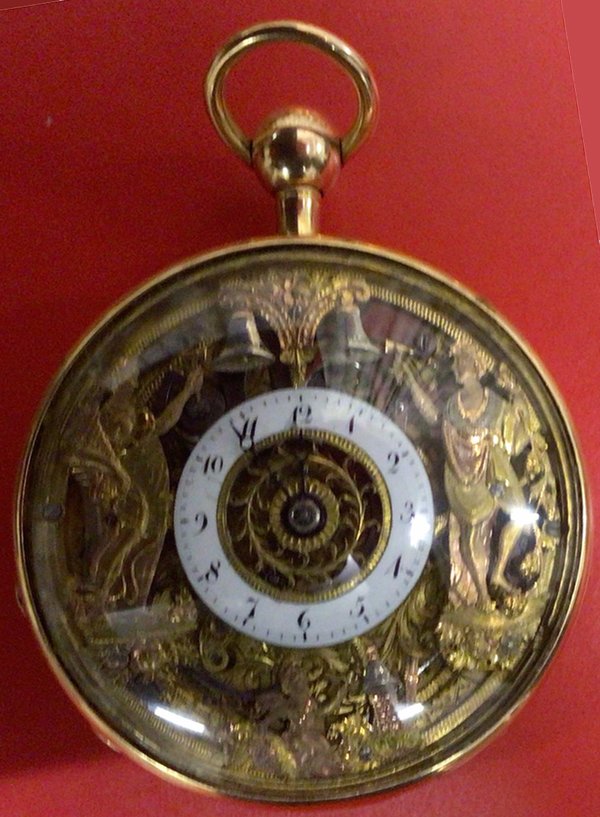
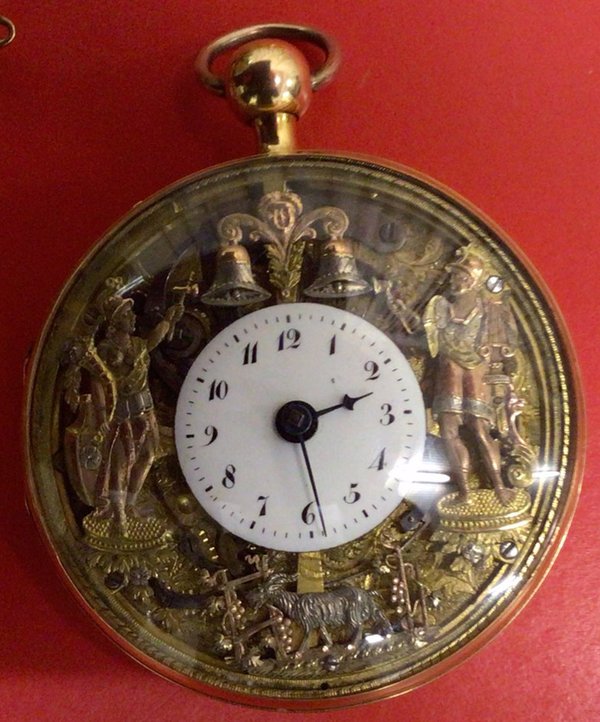
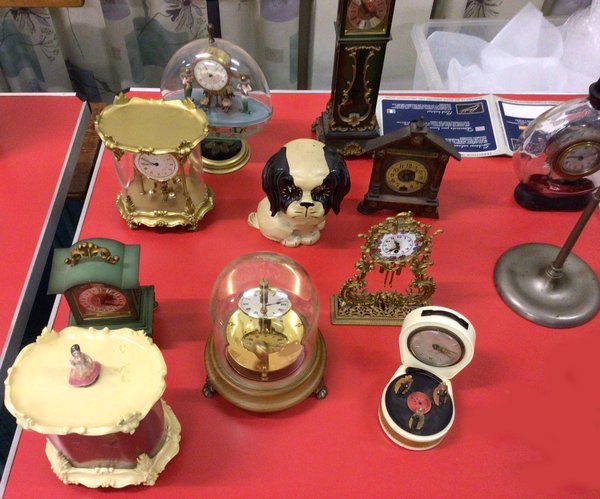

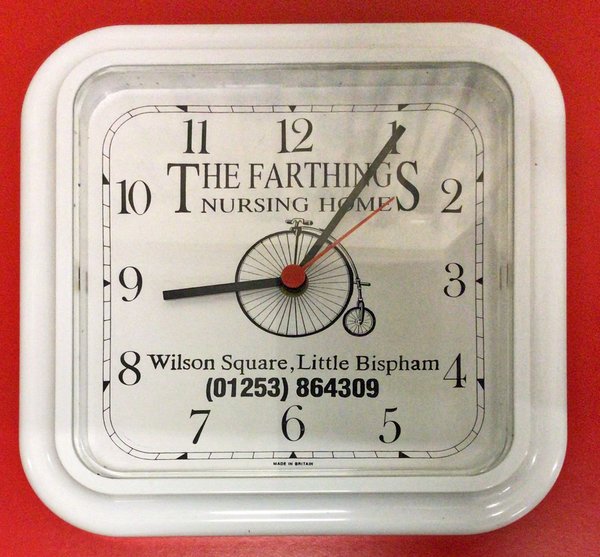
Members' 10-minute talks (May 2024)
The theme for the May meeting was members’ ten minute talks; four members stepped up to present. These ranged from updating members on a clockmaking project and on new finds, two very different items by the same maker, and organ clocks.
These were:
- Update on progress on making a Tekippe three wheel regulator
- Two 50 year old items by Heuer
- Updates on Liverpool’s tidal clocks and one made in Scotland
- Organ clocks
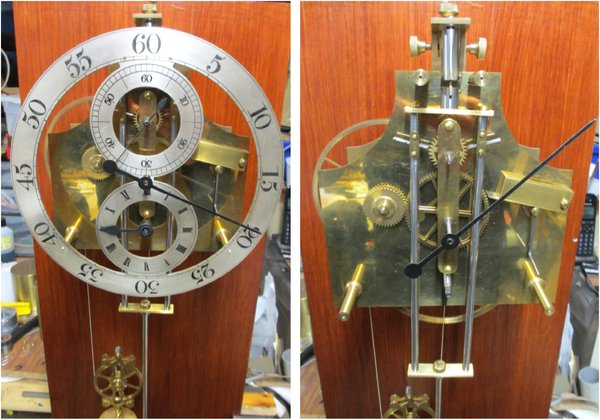
The Tekippe regulator - progress
Following a meeting in October 2022,
- The escapement which has its pallets on the pendulum, was completed but its ball race made it unreliable.
- The escape arbor has been renewed.
- The way the barrel is wound has been improved so it no longer affects the pendulum
- The size of the bob has been increased.
- A suitable, American case has been found.

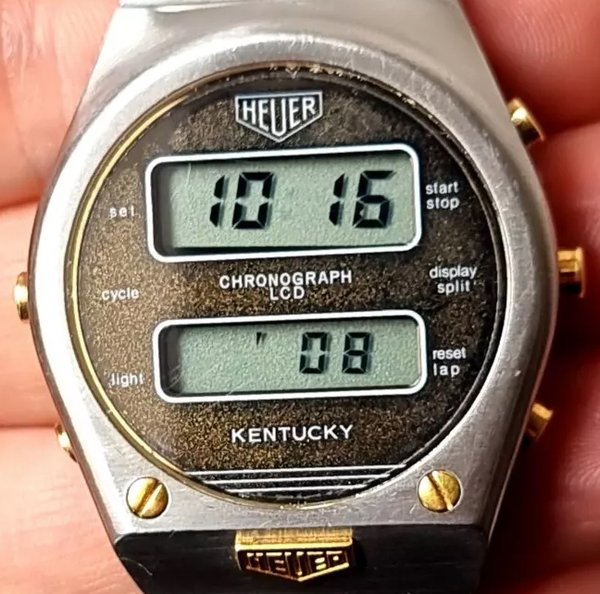
Two items by Heuer
This desk clock by Heuer, launched in 1974, is now very rare. It is mains powered; its seven-segment display requiring 200v to run it. There is a quartz movement with integrated circuits and transistors. It told the time throughout our meeting.
Another Heuer item was a chronograph wristwatch also launched in 1974 on the USA market where it was marketed as the Kentucky.
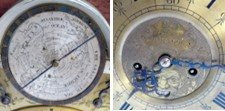
Updates on Liverpool’s tidal clocks and one made in Scotland
Finney table clock with map of the Northern Hemisphere in the arch and a strange face engraved on the Liverpool patchwork centre with a mouth-shaped date aperture. What sort of person/creature/spirit is this?
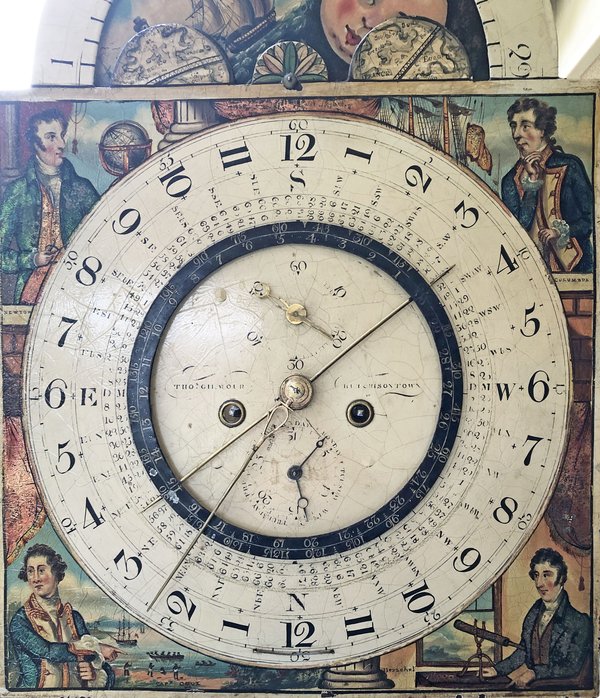
Part of the dial of a clock by Thomas Gilmour. The spandrels show: Top left: Newton, Top right: Columbus, Bottom left: Cook Bottom right: Herschel
24 hour dial. Subsidiary dials: Top – seconds, Bottom – date and days of the week
Why is the compass reversed?
What do the D and M numbers indicate?
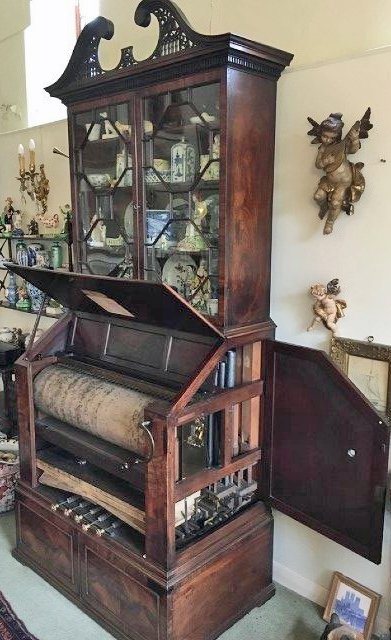
Organ clocks
Our member has been researching the makers of organ clocks and observing their progress in auctions for several years. Although not a clock, but driven by clockwork, this barrel organ by George Pyke, clockmaker to King George lll is a fascinating piece of work. It is housed in a Chippendale-style bureau-bookcase. It has a total of 160 pipes, intact, original bellows and two drums of tunes: one pinned with twelve single tunes and another with six spirally pinned tunes.
Chronographs, stopwatches and portable timers (April 2024)
This topic inspired members to search their collections; the image below shows a large display which was brought by just one member.
It includes timers for photography, aircraft, cookery, telephone call charges, medical and military uses. Amongst the chronographs and stopwatches there were examples made specifically for timing torpedoes, split second chronographs for timing race horses and for yacht racing, chronographs for aircraft use including one with a slide rule for calculating fuel usage, early automatic chronographs by Zenith, Universal Geneve and Omega and a French tachymetre for calculating speed or distance travelled.

Items shown by other members included a Cadencia portable metronome by Swiss Home Watch Company and a pocket watch which doubled as a thermometer; a Russian chronograph and an example signed by M. Hoffenberg of Leeds; a heavy, Blick portable time recorder and a timer rescued by a member from his workplace when it was scrapped 20 years ago – surprisingly its battery is still working!
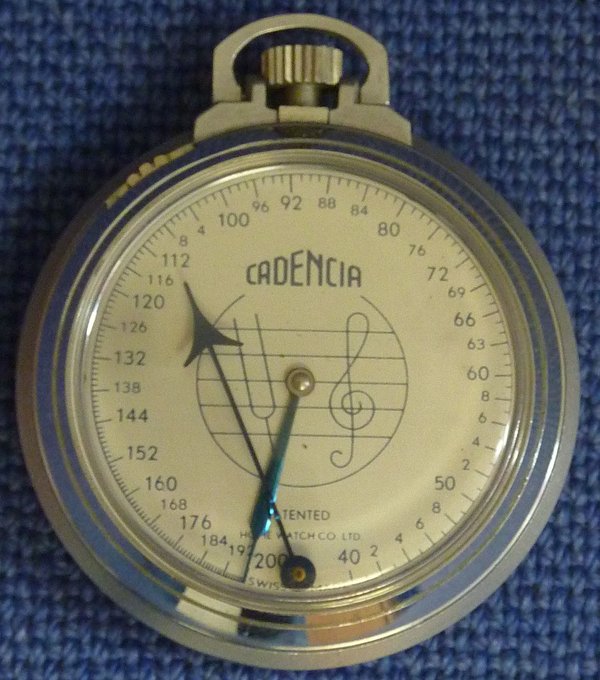

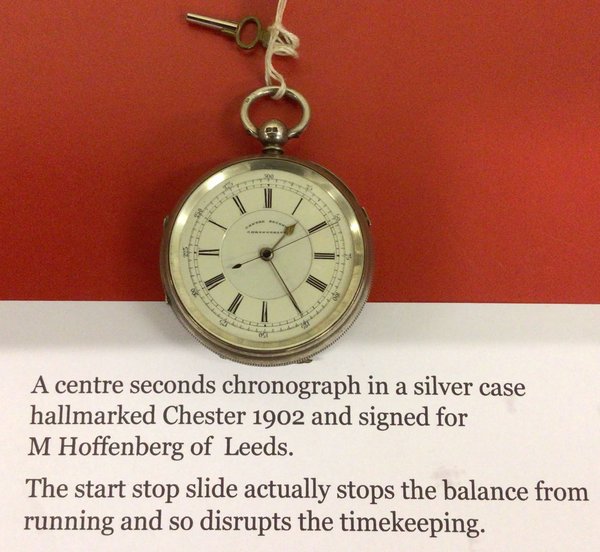

An update on research into James Condliff, his family and their clocks. (March 2024)
Although many of James Condliff’s clocks are widely admired, the range of the work of three generations of Condliff clockmakers is probably better known in the north of England than elsewhere. Whilst touching upon much of the ground covered by Darlah Thomas in the London Lecture of January 2024, this talk included further information which has recently come to light. The images below illustrate some of the range of products made by the Condliff family.
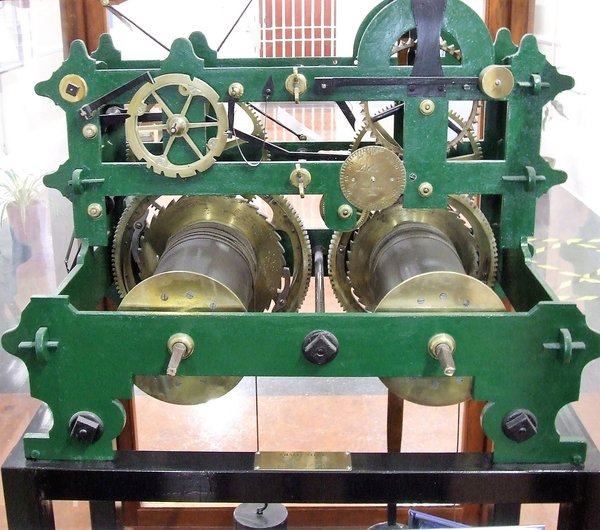
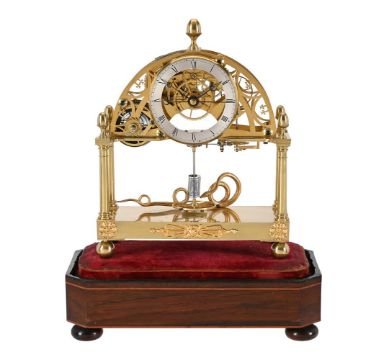

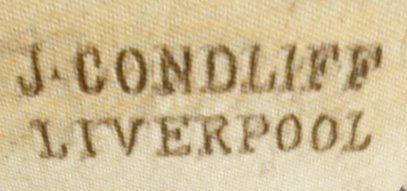

Bring and display: horological items relating to X, Y and Z. (February 2024)
Members found these letters challenging, but some lateral thinking resulted in an interesting evening. Items shown are listed below and a selection of images is included:
Letter X. This being the most difficult letter, some interpretations were creative …
Ten horological reference books (X the Roman numeral for 10)
Ex-military items:-
A wristwatch by Omega dated 1943 which was issued by the RAF.
A mechanism for timing aircraft turns, probably dating to WWll, marked ‘Signal Corps US Army’, and ‘Sangamo Electric Company, Illinois’.
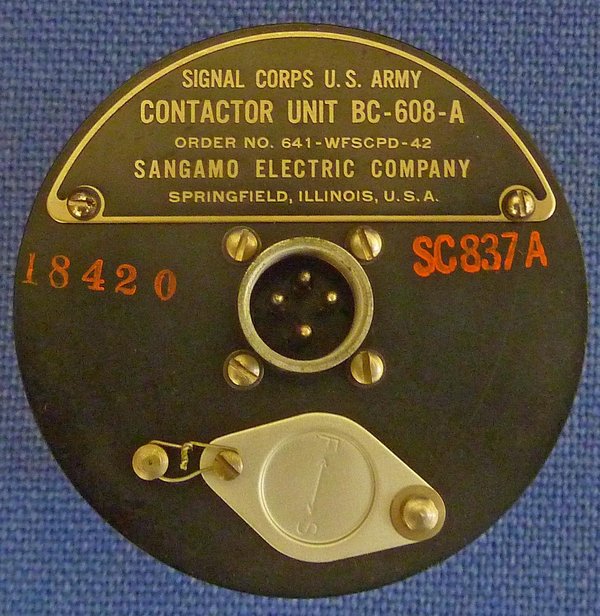
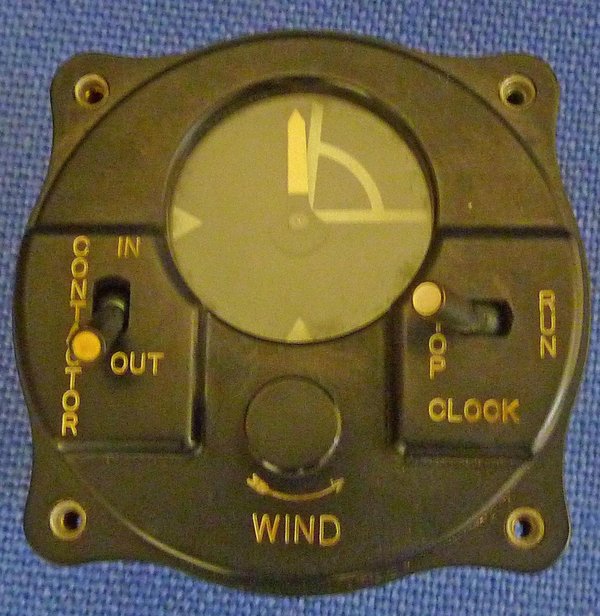
Letter Y.
Three pocket watches signed ‘Thomas Yates, Preston’. These were hallmarked 1849, 1860 and 1873. In addition, there were two 1920s Yates watch keys, each showing a different numbered location within Friargate, Preston.
Two items connected with America – Yanks!
A girl on a swing replaced a standard pendulum on a very decorative clock.
US government ‘Marathon’ chronometer.
A 1960s year-going longcase clock by Peter Bradley of Leicester.

Letter Z.
Three pocket watches:
James Lowe, Hazel Grove’ [Stockport].
A warranted railway timekeeper signed by CB Mazzucchi, Crook, [County Durham].
A fine movement and dial only, signed Zimmerman, Liverpool, number 16158.
Two Swiss quartz ‘carriage clocks’ made by Imhof, one signed ‘Garrard’ and the other ‘Garrard & Co., London’.
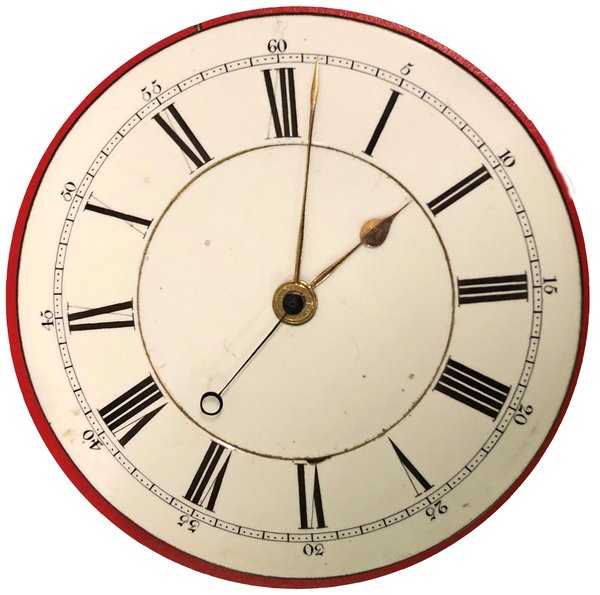
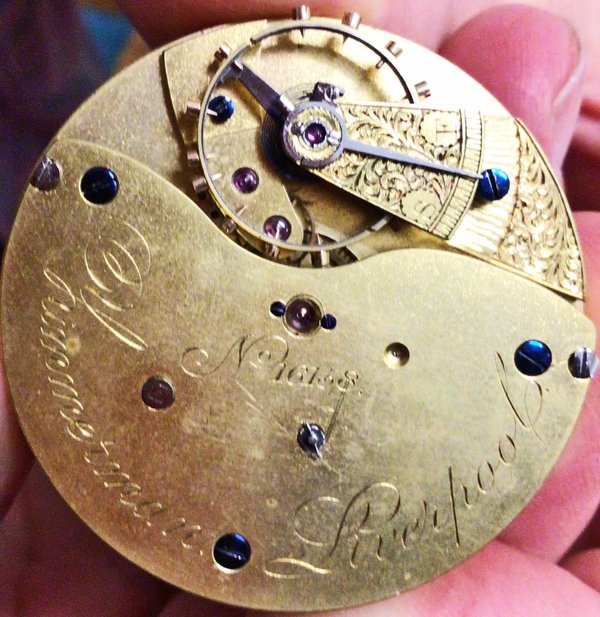
Prescot Time Ball Project opening (January 2024)
Thirty-two Northern Section members and guests were invited to a simple opening ceremony at the Prescot Time Ball Project on 13th January 2024. We were the guests of Ron Musker and his family; Ron has been the driving force behind this project. A few years ago, Ron purchased an old time ball which had once been mounted on Beale’s Building in Islington, London. When that building was demolished in 1970, the ball became redundant after eighty years’ service. It arrived in Prescot in poor condition, but Ron had plans. The Flat Iron Building in Prescot which Ron had owned since the 1970s was ready for refurbishment and as it had a significant place in the town’s horological history as the home of the Lancashire Watch Company office, strong room, a few workshops and small warehouse, it was ideal for his purpose - to have a functioning time ball on his building as a beacon of the town’s horological past. We were there to witness the project’s completion.

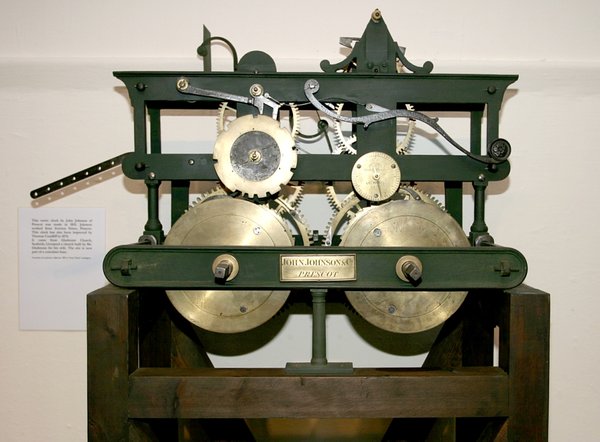


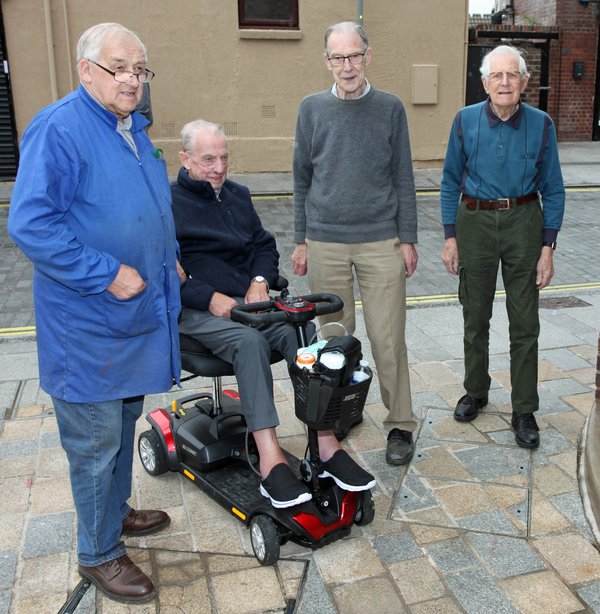
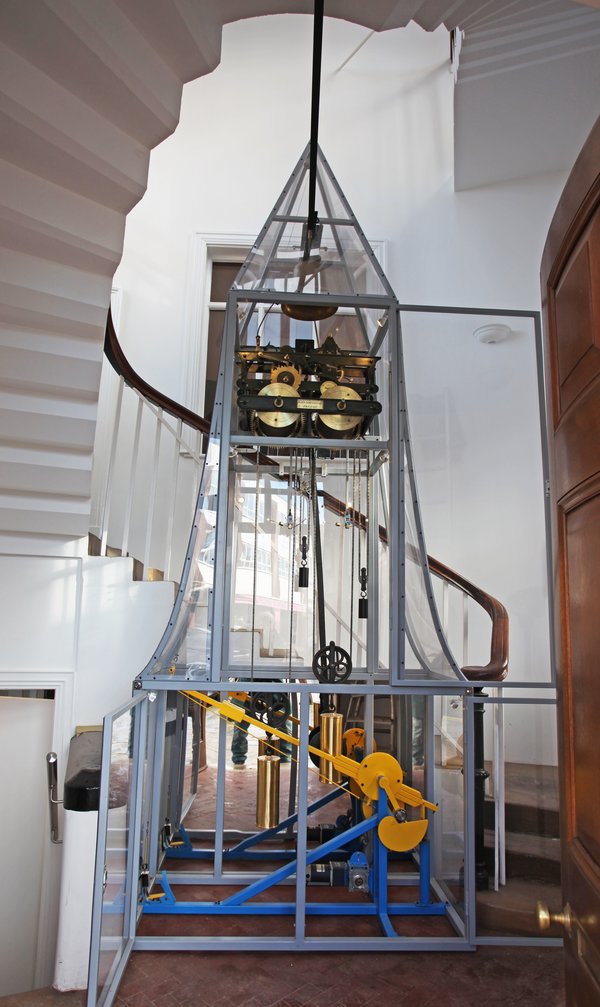

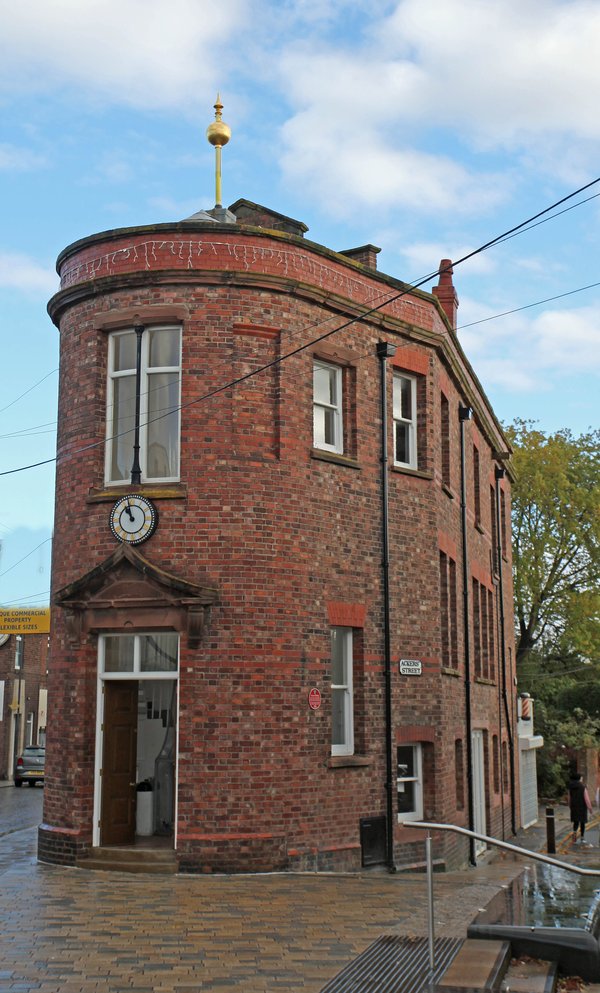
AGM and video presentation (January 2024)
The meeting opened with the usual greetings and notices and then the AGM followed. Once the formal proceedings were completed, we had a refreshment break and then the group was shown a video entitled The Anatomy of a Singing Bird Box. The box, thought to date to c1865, was made by Frenchman Jacques Bruguier (1801-1871) who worked in Geneva.
The film was made and narrated by John Moorhouse and explains the construction and operation of the box and its bird automaton which John had the task of restoring. He explained some of the problems he faced and detailed how to set up and adjust the mechanism.

